Best Film for the Nikon F
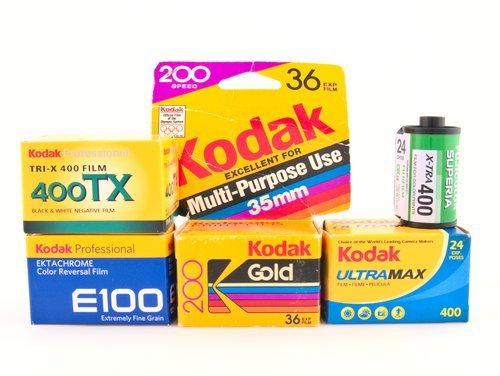
The best film to use in the Nikon F should be based on your lens, lighting conditions, and if you want to shoot color or black & white.
Choosing an ISO 400 35mm or faster will enable you to avoid being weighed down with a flash and/or tripod.
If you intend to capture images inside or anytime there is low light, make sure that you are using a fast lens. For lens lens suggestions go read my list on the 5 Best Lenses for the Nikon F.
Affiliate Links
Outside the Shot is a participant in the Amazon Services LLC Associates Program, an affiliate advertising program designed to provide a means for sites to earn advertising fees by advertising and linking to Amazon.com.
As an eBay Partner, I may be compensated if you make a purchase. I also participate in affiliate advertising programs with KEH and Adorama. More can be found on the Affiliate Discolsure page.
I have purchased gear from all of these companies and I expect them all to receive repeat business from me.
I’m Rebuilding 🏗️
If the page doesn’t have the answer you’re looking for you can email me at contact AT this domain. That account will be checked on Sundays and Wednesdays.
You can also DM me on Reddit /u/OutsideTheShot or post in /r/OutsideTheShot.
Color Film
Consumer
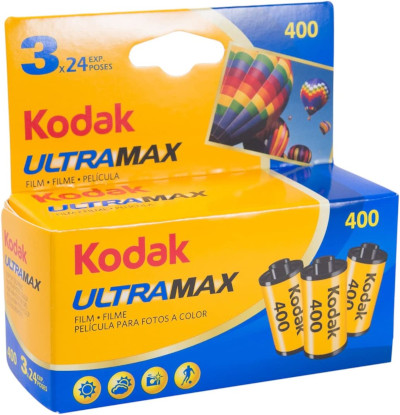
Kodak UltraMax 400 - A good option for a plethora of conditions. Using this film you should be able to handhold the F in just about all situations.
The pictures will have fantastic colors and is on the warm side.
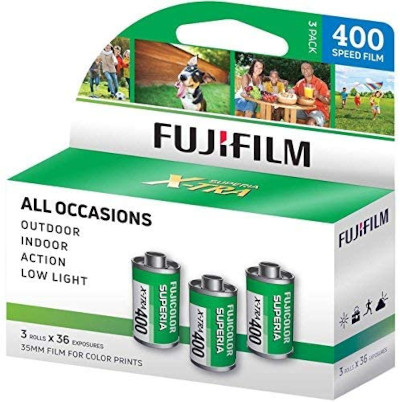
Fujifilm Superia X-TRA ISO 400 - Another option that might have far better availability based on what country you are in.
Fuji images appear to have cooler tones with notable blues and greens, compared to Kodak.
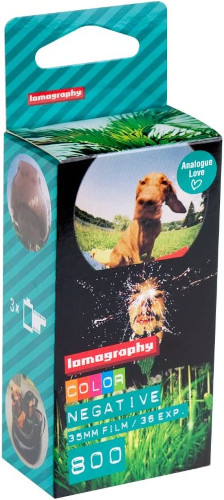
Lomography 800 - You’re limited to just a few options if you want a color ISO 800 film. This happens to be the only film stock geared towards consumers.
In addition, if you have a medium format camera, it’s also available in 120 film format.
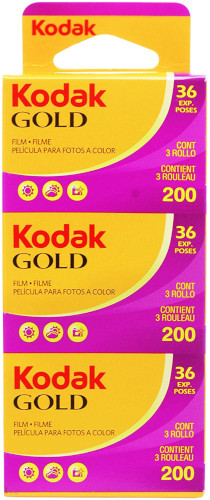
Kodak Gold 200 - An outstanding solution to obtain that mid-80s through 90s rendering. Use an on-camera flash to get the “classic” film look.
Over-expose it by 1 or 2-stops to bring out the best the film has to offer. This will provide you with the wonderful colors everyone loves Kodak Gold for.
Professional
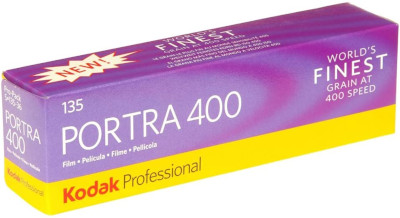
Kodak Portra 400 - By far the most popular color negative film among enthusiasts online. Overexpose it by 1 or 2-stops to get the look and feel the film is highly regarded for.
Portra is also for sale in ISO 800 and 160 versions. 8x10 sheets, 4x5 sheets, and rolls of 120 film are also available.
Black and White Film
Consumer
With low costs and very good favorable to use in the Nikon F.
The major attraction for budget minded photographers and photography students is the competitive cost. Even if you would not put yourself in those groups, it is nice to have low cost rolls of 35 film readily available for testing newly purchased camera gear.
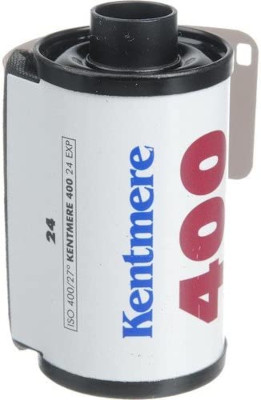
Kentmere 400 - Made by Harmon Technology, which is also the parent company of Ilford. This is good considering that makes this the most commonly available 35mm film of the 3.
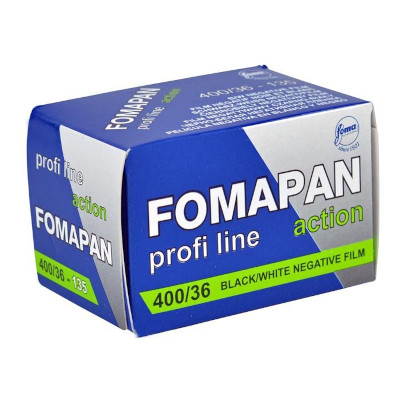
Foma Fomapan 400 Action - Will be much easier to purchase in Europe as the film is made in the Czech Republic by Foma Bohemia.
An appropriate film stock to choose for your initial few attempts at developing film at home or film photography. Also a good option if you are looking to try out a camera to confirm that it is totally operational.
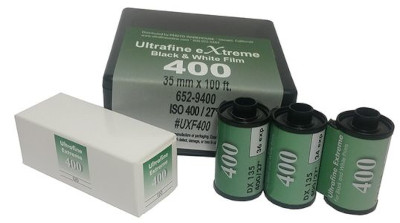
Ultrafine eXtreme 400 - The best store to purchase this film is directly from Ultrafine.
They manufacture developer kits for color film, so if you process film at home you might have already interacted with them.
Professional
Kodak Tri-X 400 and Ilford HP-5 Plus 400 are the 2 best black & white 35mm film emulsions. They have quite a few capabilities in common that help make them so well received, while maintaining distinctive looks.
Both film emulsions can be pushed 1 or 2 stops and still provide good quality results. A 35mm roll of film can be shot at ISO 400, 800, or 1600, making them remarkably flexible.
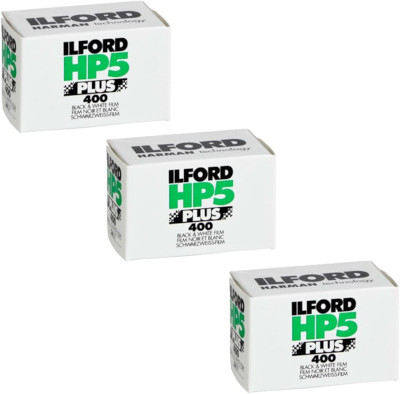
Ilford HP5 Plus 400 - Between the two film emulsions, HP5 Plus is less expensive and has lower levels of contrast. Lower levels of contrast can be an advantage because of the fact contrast can be changed when making a darkroom print or editing digitally.
The film stock has subtle grain and still appears excellent when pushed 2-stops.
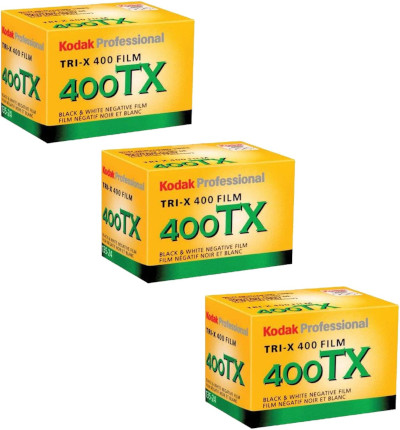
Kodak Tri-X 400 - This film emulsion features a stronger rendering to it. To showcase the old-school grain structure, contrast, and look of the film, it needs to be processed in D-76.
Kodak Tri-X 400 definitely has more contrast. That’s notable if that is the look you want to have because it means considerably less work when editing digitially or making a print.
Transparency Film
Films that produce a positive image are commonly referred to as transparency, reversal, or slide film. That means a lightbox or projector can be used to showcase the pictures.
This is different from the more often used negative film stocks that make pictures that need the colors to be inverted in order to be viewed.
Slide films are considered tricky to work with due to the fact slide film has substantially less dynamic range and latitude than negative film.
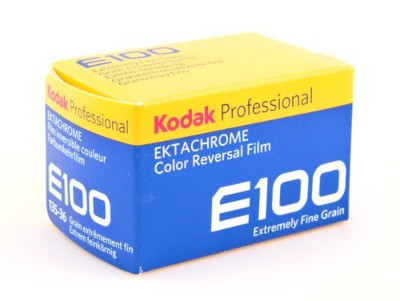
Kodak Ektachrome 100 - This is a fine grain film known for beautiful skin tones. There is no hypersaturation of colors. It has a daylight color balance.
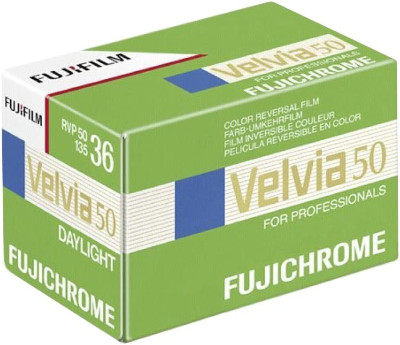
Fujifilm Velvia 50 - This is a exceptionally sharp daylight color balanced reversal film with high levels of saturation and contrast, giving images a beautiful look. It has the greatest resolving power of any available transparency film emulsion.
An ISO 100 speed is also offered.
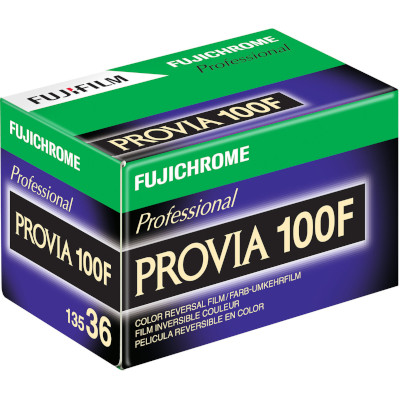
Fujichrome Provia 100F - Offers vivid and realistic colors with moderate color saturation and contrast. It has a daylight color balance and ultra fine grain.
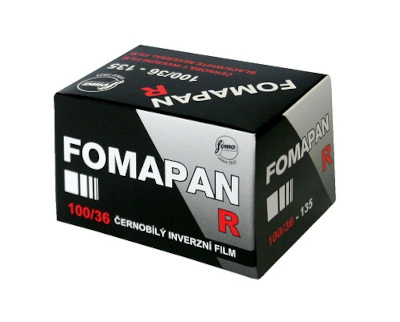
Foma Fomapan R100 - This is a black & white slide film, described by Fomapan as having higher contrast, high resolving power, and fine grain. It’s also regarded as a substitute for the discontinued Agfa Scala transparency film.
Film Basics
Consumer vs Professional Film
Pro film stocks cost more due to the fact that they have a greater dynamic range, are easier to push, and larger latitude.
There’s a significant difference in business that sell film. Consumer films can commonly be bought in big-box stores and pharmacies in small quantities. Pro film stocks should really be bought from a photography store or online retailer.
ISO
A film’s sensitivity to light is displayed by the ISO.
The less light available to get an image, the bigger the ISO of the film will need to be. Additionally, be prepared for bigger film grain.
ISO 100 and slower speed films (ISO 25, ISO 50, etc) might be a challenge to use handheld in the F. This is because without full sun, the shutter speeds can take longer than what you’re able to handhold without producing motion blur.
A fast lens, flash, and/or tripod are going to assist you with longer exposure times. The extra gear might not be needed if you get a higher speed ISO 800 or ISO 400 film.
As a quick note, the ISO knob is listed as ASA on the Nikon F. The shift to using ISO from ASA (American Standards Association) happened after the creation of the International Standards Organization (ISO).
Film Latitude
Film latitude is the range of stops film can be overexposed while still retaining adequate results. Professional films have a larger latitude to go along with a somewhat increased price.
Transparency film has less latitude compared to negative film. That is one of the reasons it is thought of difficult to shoot.
Dynamic Range
Dynamic range represents the range between the darkest and brightest parts of a picture that can be captured. Parts of a photo that don’t fit in this range will appear as solid black underexposed shadows or solid white overexposed highlights.
When shooting in a variety or quickly shifting lighting conditions, films with a larger dynamic range are a superior choice.
- Digital cameras 14+ stops
- Negative film up to 13 stops
- Slide film 6-8 stops
The limited dynamic range of transparency film is another reason it is considered challenging to shoot. The best time to try it would be during the golden hour.
Film Type
The Nikon F takes 35mm film that comes in canisters. The film can also be described as 135 film, and it’s the best-selling film format.
The only other type of film you are likely to encounter is 120 or 220 film that is used with medium format cameras}.
One of the excellent things about film is that you can switch the film stock you work with and get a new look to your pictures.
DX Coded Film
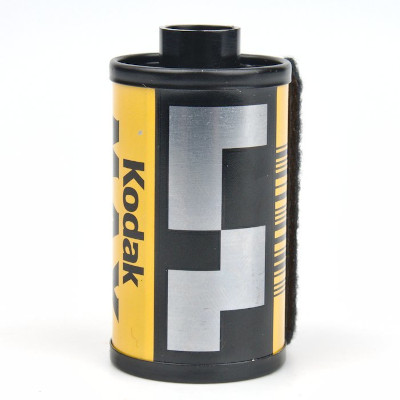
Virtually all available 35mm film offered for sale at this point has a DX code. This makes it possible for cameras to detect and set the ISO of the canister loaded.
The ASA (ISO) on the Nikon F is required to be manually selected. So DX-coding will not be of any use.
Nikon F Resources
Where to Get Film Developed?
You will find a few possibilities for where to have film developed. For a more thorough discussion of the options take a look at my article on Where to Develop Film.
WARNING: Pharmacies and big box stores do not process film at the store. They ship the film off-site to be processed by a third party. Consequently, you won’t be given your developed negatives back.
- Develop Film at Home
- Use a Local Photography Lab
- Use a Mail Order Photo Lab
- Pharmacy or Big Box Store
The simplest method and what I suggest doing if you’re just getting started using film is to mail your film to a photo lab to be developed and scanned. If you frequently use film, this can be a disadvantage due to the fact that it can get very expensive.
There are a couple of actions that you are able to do to lower the expenses required to use film, provided that you are shooting a medium to high volume of film.
Bulk Loading Film
Among the leading ways to save money on film is to buy a roll of 100 feet of film and manually load it into canisters yourself.
All said and done, you’ll get roughly 18 rolls of 36 exposures each. Depending on the film you will probably save 20%-30%.
Keep in mind that you’re only going to find 100 foot rolls of black & white film. This is in part because black & white film is less difficult and more affordable to develop yourself.
Home Developing and Scanning
It is easy to develop and scan any film at home. It’s a smart method to spend less so you can shoot more film with your Nikon F.
Black and white film is by far the least difficult to develop at home. Chemical temperature and development times are not as imperative to do correctly with black & white films as they are for slide or color negative.